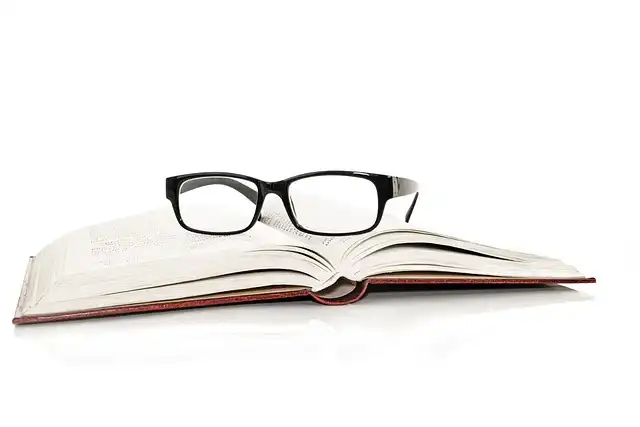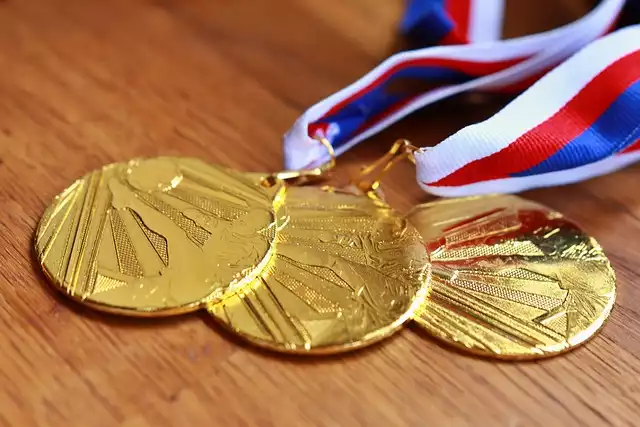
The moon might still have active volcanoes, China’s Chang’e 5 sample-return probe reveals
A team led by Bi-Wen Wang and Qian Zhang of the Institute of Geology and Geophysics at the Chinese Academy of Sciences in Beijing carefully searched the 0.6 ounces (1.7 grams) of lunar dirt recovered by Chang'e 5 for these needles in a haystack.
















